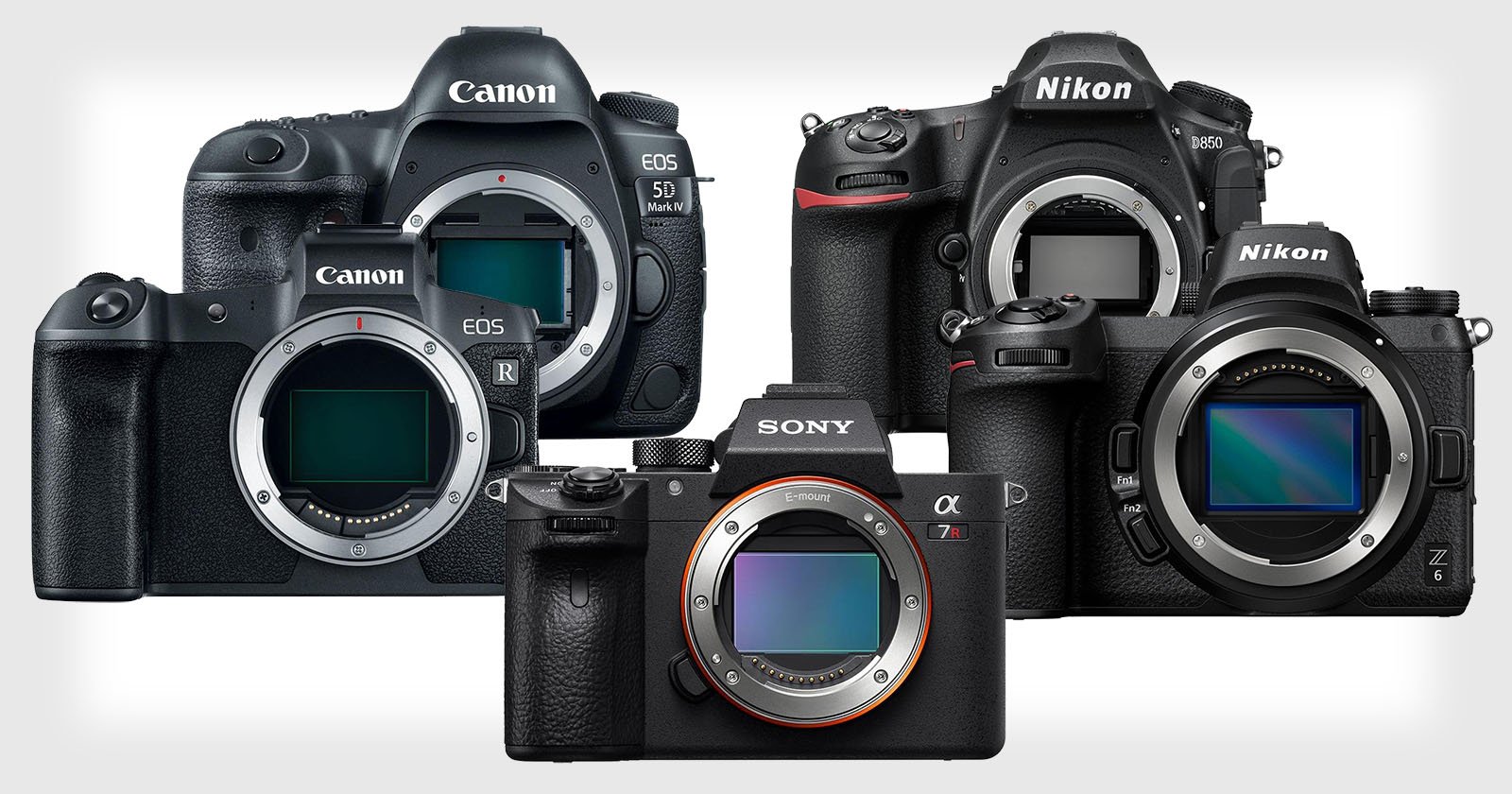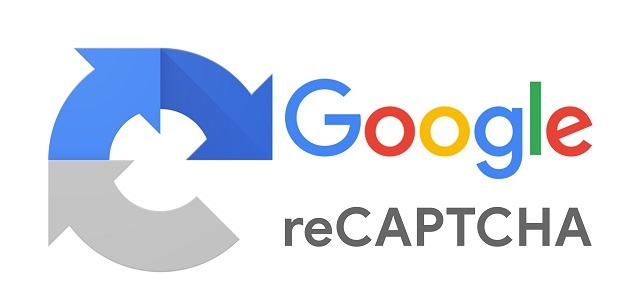When Did The First Digital Cameras Come Out The first digital video camera to feature video compression was released in 1993 and was known as the Ampex DCT. In 1997 Canon marketed its first digital video camcorder the MV-1 bringing Canon into the digital age based on the DV format. The first digital camera Kodak Created in 1975 by Steve Sasson an engineer at Kodak the first ever digital camera was a fairly rudimentary affair compared to what we use today. This innovation soon saw a flood of digital video cameras from familiar companies including Sony JVC and Panasonic.

The University of Calgary Canada ASI Science Team built the Fairchild All-Sky camera to photograph auroras an example of which. The first camera to use CompactFlash was the Kodak DC-25 in 1996. Eastman bought the patent rights to twenty-one inventions related to photographic cameras issued to David Henderson Houston.
The first camera that offered the ability to record video clips may have been the Ricoh RDC-1 in 1995.
This 13 megapixel 1280 x 1024 pixels cameras provided over four times the resolution of the older VGA cameras. When Did The First Digital Cameras Come Out The first digital cameras for the consumer-level market that worked with a home computer via a serial cable were the Apple QuickTake 100 camera February 17 1994 the Kodak DC40 camera March 28 1995 the Casio QV-11 with LCD monitor late 1995 and Sonys Cyber-Shot Digital Still Camera 1996. The Worlds first digital camera introduced by the man who invented it Steven Sasson invented the worlds first digital camera while working at Eastman Kodak in 1975. The first camera to use CompactFlash was the Kodak DC-25 in 1996.
The prototype camera made in 1975 by Steve Sasson was an 8-pound toaster-sized contraption. The first digital cameras for the consumer-level market that worked with a home computer via a serial cable were the Apple QuickTake 100 camera February 17 1994 the Kodak DC40 camera March 28 1995 the Casio QV-11 with LCD monitor late 1995 and Sonys Cyber-Shot Digital Still Camera 1996. With a 13 Megapixel CCD sensor and a price tag of 12000 euro the EOS DCS 3 opened a new chapter in the EOS story by giving photographic agencies the ability to produce transmission-ready images straight out of the camera. In 1995 Minolta introduced the RD-175 which was based on the Minolta 500si SLR with a splitter and three independent CCDs. Digital Cameras for Consumers.
Related Post :
how to make a overhead camera rig
how to load a canon film camera
how to make a sketch camera
how to make a camera obscura
how to make a camera out of cardboard
how to move camera in blender 279
how to make a camera lens
how to make youtube videos with a camera
how to mount my blink xt2 camera
how to look at the camera while reading
The first digital cameras for the consumer market that would work with a home computer via a serial cable were the Apple QuickTake camera in 1994 the Kodak DC40 camera in 1995 the Casio QV-11 also in 1995 and Sonys Cyber-Shot Digital Still Camera in 1996. Other companies such as Arecont Vision introduced 2-megapixel cameras in 2004. It weighed around 8 pounds 36kg and shot a mere 001MP. Not to be outdone by Epson Leica came out with its own mirrorless interchangeable lens camera in 2006. Its crazy to think how far weve come since those early days.
Like Epsons R-D1 Leicas M8 was a digital rangefinder that combined a retro look and feel. OUR DIGITAL ERA The video technology you see today first arrived in 1995 when Panasonic and Sony brought digital recording to life. The first digital cameras for the consumer-level market that worked with a home computer via a serial cable were the Apple QuickTake 100 camera February 17 1994 the Kodak DC40 camera March 28 1995 the Casio QV-11 with LCD monitor late 1995 and Sonys Cyber-Shot Digital Still Camera 1996. While 2003s Sony Ericsson Z1010 may have been the first phone to sport a front facing camera it wasnt until handsets like the Apples iPhone 4 and the HTC. With a 13 Megapixel CCD sensor and a price tag of 12000 euro the EOS DCS 3 opened a new chapter in the EOS story by giving photographic agencies the ability to produce transmission-ready images straight out of the camera.

